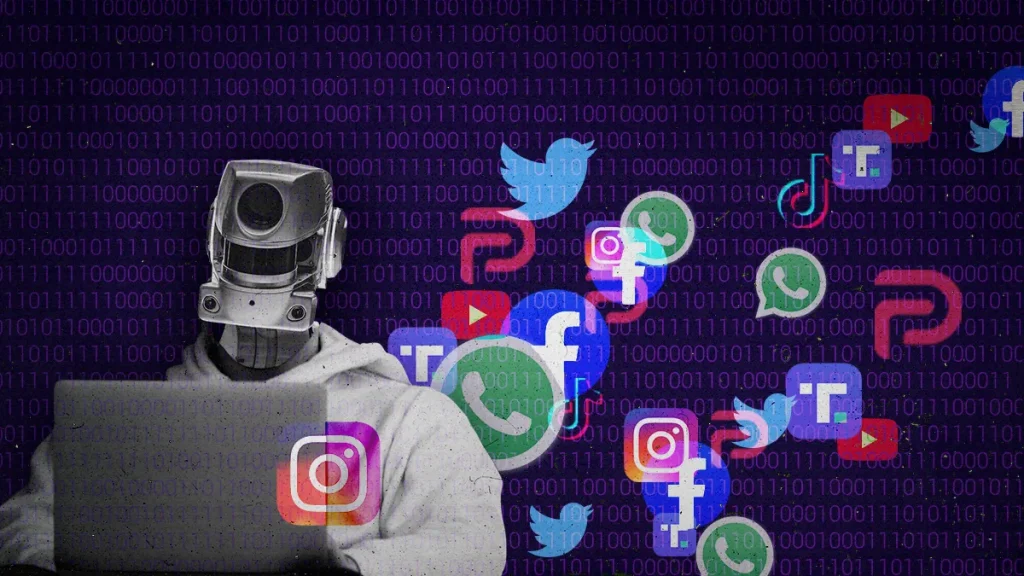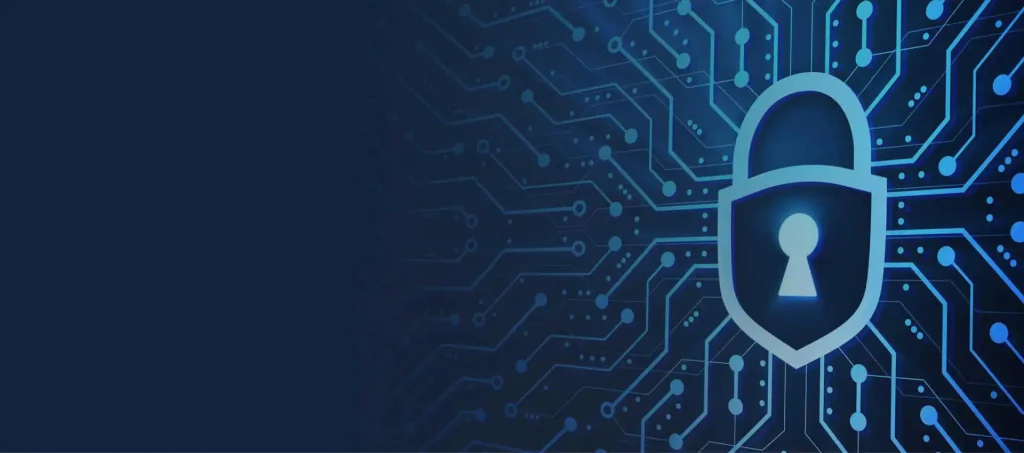Pumps for water are a crucial instrument in agriculture. It can give life to deserted land and play a significant part in ensuring that food security is maintained.
Calculate the amount of water required by your farm, excluding most demanding times. Calculate the flow rate as well as the pressure and energy source.
Irrigation water pumps
The irrigation water pump is an essential component in agriculture. They are used to extract water from rivers, lakes or underground reservoirs, and transfer it to agriculture fields. Reduces the likelihood of crop losses caused by drought or irregular rain patterns. They maintain soil moisture to avoid soil degrading, and promote nutrient uptake.
The pumps are powered by diesel or petrol, but are usually powered by electricity. Fossil fuel-powered pumps tend to have a short life span and require regular maintenance by a mechanic. They also produce carbon dioxide that lowers air quality and contributes to climate change. Electric powered pumps have a longer time-to-life and lower costs of operation, making them a sustainable choice for farming.
The choice of the pump is according to the volume of water you wish to move, as well as the pressure you need. Most irrigation pumps are centrifugal that means they employ an impeller as well as a casing or chamber to spin water quickly. They may be multistage, meaning they come with more than one impeller and casing to increase the flow and pressure of the water.
The most efficient irrigation pumps disperse water with precision and uniformity, minimising the amount of evaporation. They also permit farmers to monitor water usage and enhance overall cultivation practices. In addition, they increase yields of crops by enhancing plant health and uniformity.
Water pumps powered by solar energy
Solar-powered water pumps are a reliable and sustainable alternative to traditional pumps that are powered by fuel or electricity. Water pumps powered by solar energy are a great alternative for regions that aren’t able to have electricity. They can also be utilized in areas that receive significant solar radiation, for instance Africa.
Solar energy is used to power these pumps, and it’s free 365 days of the year. They’re therefore a viable alternative for farmers who want to cut their energy costs. They also require minimal maintenance and can provide substantial may bom chim ebara long-term cost savings. They are also more green than traditional pumps that emit greenhouse gasses during the production process.
The solar water pump’s photovoltaic cells convert sunlight of the sun into direct current (DC) electricity to operate the pump motor. An inverter is used if the pump motor requires alternating current (AC) instead of DC.
Solar irrigation has become popular in Yemen, where the conflict and the price hikes for fuel have made it difficult to procure diesel for traditional water pumps. It’s unclear how this could help ease the water shortage in Yemen. According to Balasubramanya’s research the solar irrigation investments should be accompanied by measures to monitor the level of groundwater and encourage farmers to limit the usage of groundwater. This will help prevent further depletion of the aquifers that are located in the region, and ensure that agriculture is profitable for more people.
Management of water resources in agriculture
Water pumps are a solitary hero in modern agriculture. They help in the distribution of a vital resource that nourishes the crops and helps to sustain livestock. Agriculture operations would be greatly restricted without these pumps. This technology is vital to reduce the negative effects of water scarcity and enable farmers to attain greater yields.
The management of water in agriculture involves the use of various tools that make sure that the water is used in the right way and distribution. Calculating the total water requirement of a farm is the first step. This includes determining the irrigation needs of different crops and their frequency and length of irrigation. This involves determining the highest demand for water during crucial times of irrigation. It is important to select the right pump to meet the demand without overloading the irrigation system or equipment.
Various types of water pumps are available for agricultural applications such as solar-powered or self priming models. It is important to consider the chemical compatibility between the pump with your water source when choosing one. For instance, certain chemicals can corrode certain components and materials of the pump. This could cause blockages or other issues, that require regular maintenance. It’s important to keep in mind that pump efficiency has a a significant impact on overall running costs and performance. This can be accomplished by avoiding oversizing variable speeds, and by limiting pipework strain loss.
Pumps for groundwater
Utilizing pumps for water in agriculture enables farmers to extract groundwater for irrigation purposes which eliminates the requirement to depend on the unpredictable patterns of rainfall. Farmers can increase the amount of crops they grow to increase yields, and reduce the risks of droughts and poor soil moisture. Additionally, the use of pumps for water also reduces the need for carbon-based fuels used in agricultural operations and contributes to sustainable development of the environment.
With the proper pump system that is the foundation of an irrigation system farmers will have more flexibility in their farming practices, which allows farmers to test the most valuable crops as well as expand their strategies for crop rotation that enhance soil health. This results in an improved farming system that is able to adapt to changes in the environment and market.
Irrigation water pumping allows for the precise distribution of nutrients across the agricultural land, increasing the absorption of nutrients and decreasing the need for fertiliser. Water pumps also aids in fertigation, which involves the simultaneous application of irrigation and fertilisation to increase the efficiency of the process.
Irrigation water pumps are essential in sustainable agricultural irrigation systems, as they reduce the effect on groundwater resources by making sure that the amount of water pumped doesn’t exceed the extraction quotas that is set by the Department. However, it is essential to ensure that farmers are aware of local department guidelines and extraction limitations prior to using a water pump for their farming operations. If you don’t follow the rules, you could be liable for a fine or legal action.






